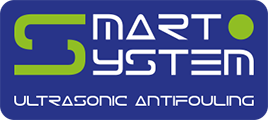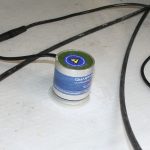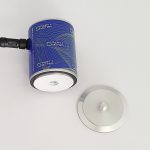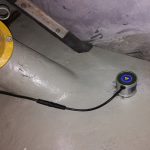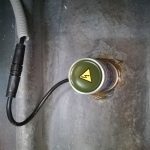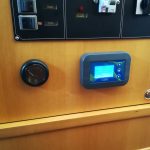Where and How to install
Suitable for Yachts, Boats and Sailboats. Transducer and generator are installed on the inner side of the hull! The vessel can stay in the water under installation! Recommended for hull types: Aluminium, Carbon. Steel, GRP
The processor in the Main Box enables us to control each transducer separately in terms of power, frequency and operating time. First of all, it is necessary to find out on which part of the hull is the greatest growing. Propellers, rudders, hulls ...
- At Hull Bow site calculate 1 Transducer on 10m2.
- At Hull Stern site, where are positions of Rudders, Propellers, Flaps...) calculate 1 Transducer on 5m2. So, more concentration of transducers
- example 1: Motor yacht, 1 or 2 engine, 36Ft. Use 2 sets LITE2 with 4 Transducers.
- example 2: Motor yacht, 1 or 2 engine, 50Ft. Use set PRO6 with 6 Transducers.
- example 3: Sail boat, 45Ft. Use 2 sets LITE2 with 4 Transducers.
- example 4: Motor boat, 1 outboard engine, 28Ft. Use set LITE2 with 2 Transducers. 1xHull Bow, 1xHull Stern,
- or use Assistant and we will advise you
- sample video from Dubai
Position of hull transducers
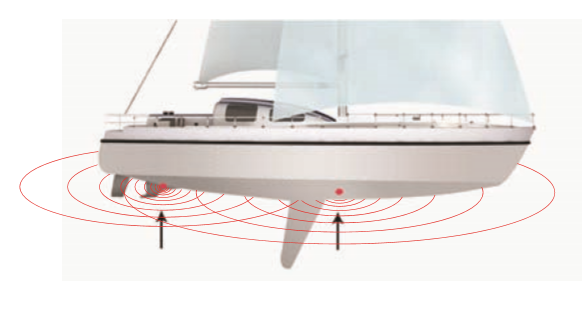
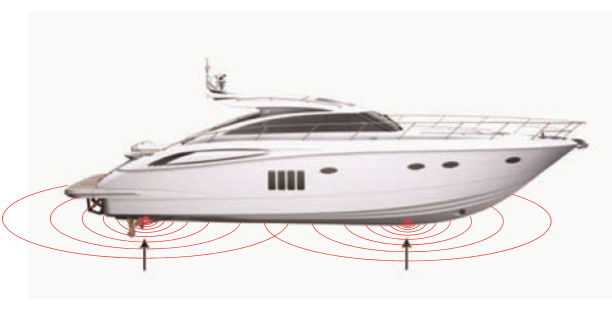

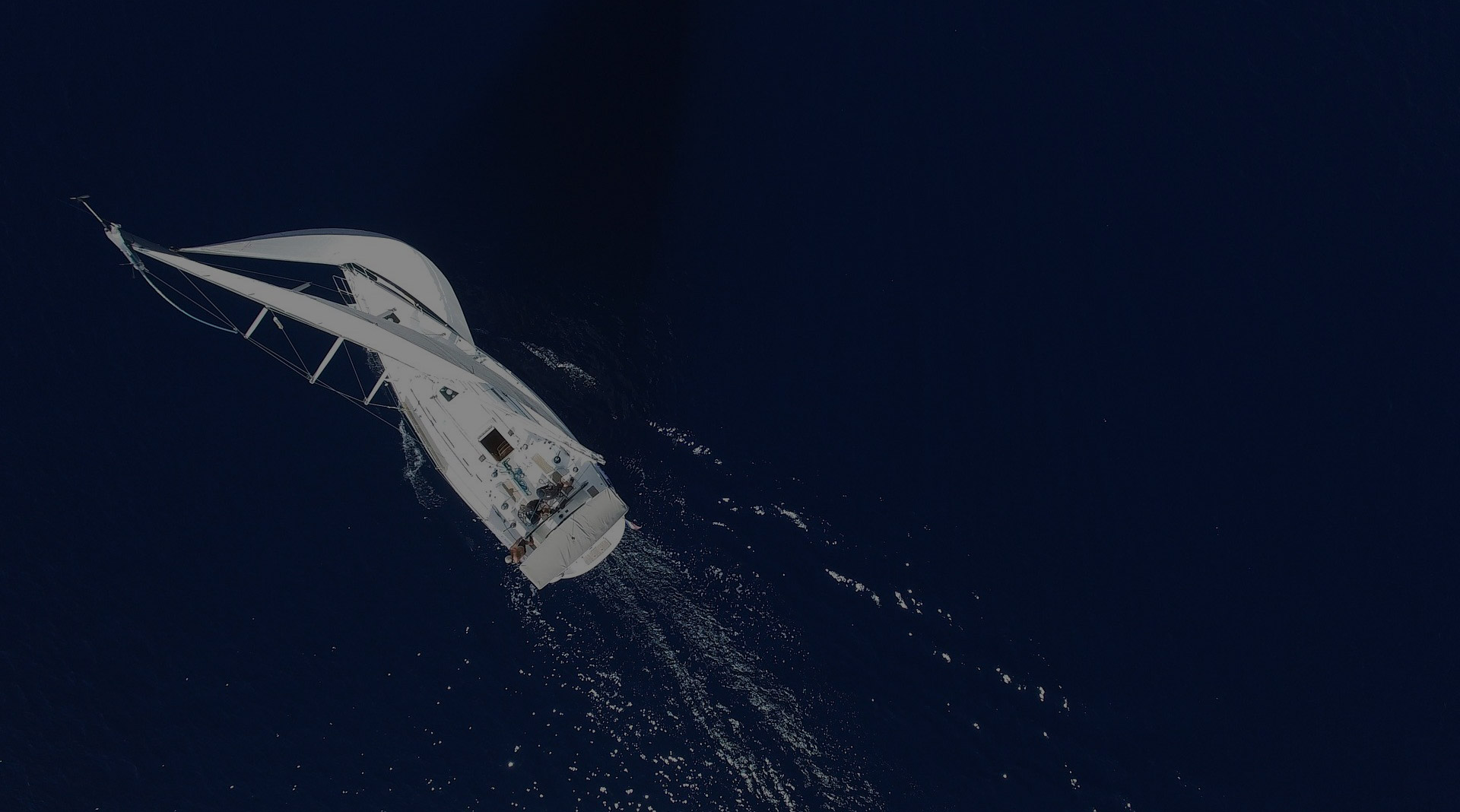
Do you need more informations?
Transducers Mounting by Adapters - recommended
Warning
Install the ultrasonic device on the boat after cleaning the hull thoroughly and applying the antifouling paint. Device will prevent the growth of organisms and partly clean the hull for a few sesons.
Mean of antifouling.
Fouling is the settlement, and sometimes the growth, of undesired materials on solid surfaces in a way that reduces the efficiency of the affected part. Fouling may be caused by either the operating environment or by one of the equipment’s processes. It deteriorates protective coatings on the metals and reduces corrosion resistance as well as physical and mechanical properties of the material. Fouling is a common phenomenon that occurs in a wide range of equipment and enviroments and can be caused by living organisms or by non-living deposits.
Fouling can be classified into two broad categories: microfouling and macrofouling.
Macrofouling is caused by coarse matter of either inorganic or biological origin, such as animals and plants. An example is what occurs in heat transfer components in heat exchangers - the course matter may be contained in the polluted cooling waters or contaminated gases from the wind. This fouling can cause blockages or fretting damage. Microfouling is caused by bacteria and unicellular algae (slime). Composite fouling is caused by more than one fouling mechanism or foulant. Growing depends on the number of sunny days and sea temperatures Marine fouling is a typical composite fouling and occurs due to seaweed, bacteria and other living organisms in the waters, which adhere to immersed surfaces such as ship hulls. The organisms settle on the surface and grow quickly, forming a layer that covers the surface, attracting and trapping more material. We all know, the growing hull of the vessel and its underwater elements cause a lot of problems in navigation.
Vibration, High fuel consumption, Navigability, Maintenance costs...
More about ultrasonic
Ultrasound is mainly used in industry, medicine, for cleaning purposes… Our device works on the principle of converting electrical energy into mechanical energy through a transducer. The transducer transmits ultrasonic vibrations that resonate through the hull of the boat and thus prevents the formation of biofilm. Ultrasonic vibrations also create cavitation effect below the water surface. Cavitation effect destroys the cells of microorganisms and stops them from adhering to the underwater part on the hull. Microorganisms and biofilm are food for algae and seashells that adhere to the hull and underwater parts of a boat, such as rudder, propeller… Ultrasonic antifouling is environmentally friendly.
Follow the instruction manual and thus correctly install the device. The hull of the boat and underwater parts of the boat will stay clean for a few seasons. Underwater anodes can be replaced during a lift-out or in the water.
